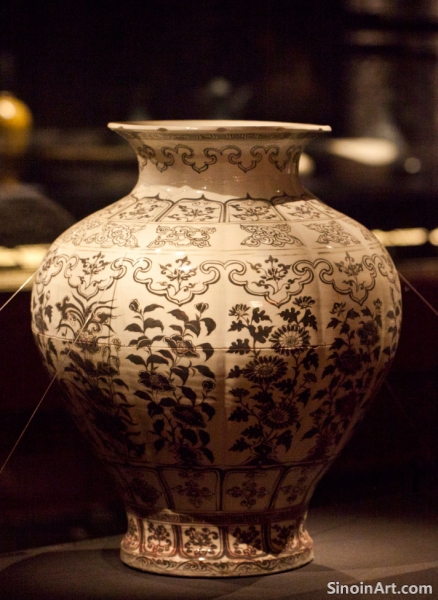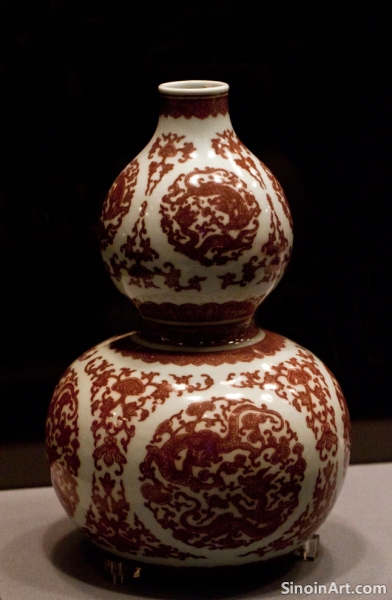The Rise of Blue and White: A Yuan Innovation
|
The Yuan Dynasty (1271-1368) marks a pivotal period in the history of Chinese ceramics, most notably for the dramatic rise of blue and white porcelain. This iconic style, which would come to define much of later Chinese ceramic production, emerged during this era. The Yuan Dynasty saw the first large scale production of blue and white ware at Jingdezhen. The innovation during this period changed the course of ceramic history.  The use of cobalt underglaze, imported primarily from Persia, allowed for the creation of vibrant blue designs on a white porcelain body. This was a significant departure from the monochrome wares that had been dominant in earlier periods. The visual impact of these new blue and white pieces was striking and highly appealing. The introduction of cobalt was a landmark in ceramic development.  Yuan blue and white porcelain is characterized by its bold designs and large scale. These pieces often featured complex floral patterns, mythical creatures, and narrative scenes. The large, robust vessels, designed for both domestic use and export, also reflect the grand ambitions of the Yuan Dynasty. The size of many of these pieces is still awe-inspiring today.  The development of blue and white porcelain was not just a technical achievement; it also represented a significant shift in artistic expression. The new style captured the imagination of both Chinese and international audiences. This innovation paved the way for the prominence of blue and white ware for centuries to come. The adoption of this new style was rapid. The legacy of Yuan blue and white porcelain is immense. It laid the foundation for much of the later development of Chinese ceramics. Its influence can be seen in the styles of succeeding dynasties and even in the work of ceramic artists around the world. The blue and white of the Yuan is a fundamental aspect of ceramic history. |
Tag : Yuan blue and white porcelain, Chinese ceramics, Cobalt glaze, Jingdezhen, Yuan Dynasty
Related information
- The Technical Innovations of Yuan Dynasty Porcelain Production
- The Symbolic Use of Animals on Yuan Dynasty Porcelain
- Yuan Dynasty Porcelain and the Tea Ceremony: Utilitarian Objects of Beauty
- The Legacy of Yuan Porcelain: Its Lasting Impact on Ceramic Art
- The Technical Challenges and Innovations in Firing Yuan Dynasty Porcelain
This article examines the technical innovations in Yuan Dynasty porcelain production, focusing on advances in underglaze painting, kiln technology, and the improved refinement of materials, which contributed to the era's ceramic achievements.
This article explores the symbolic use of animals in the decoration of Yuan Dynasty porcelain, focusing on the meanings of dragons, phoenixes, and other creatures, providing insights into the cultural beliefs of the era.
This article examines the practical use of Yuan Dynasty porcelain in the tea ceremony, exploring how its utilitarian nature combined with aesthetic appeal, providing insights into its function as a daily object and a cultural artifact.
This article details the enduring legacy of Yuan Dynasty porcelain, emphasizing its impact on blue and white production, its influence on ceramic styles globally, and its lasting contribution to ceramic art history.
This article delves into the technical challenges and innovations in firing Yuan Dynasty porcelain, highlighting the complexities of reaching high temperatures, controlling the kiln atmosphere, and managing the firing of large pieces to ensure even heating and prevent damage.